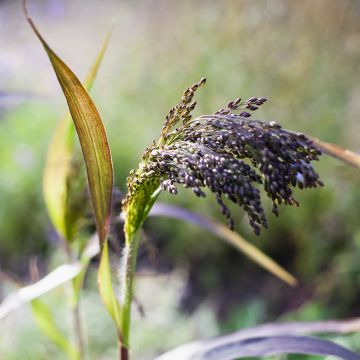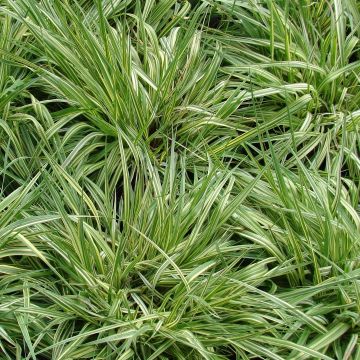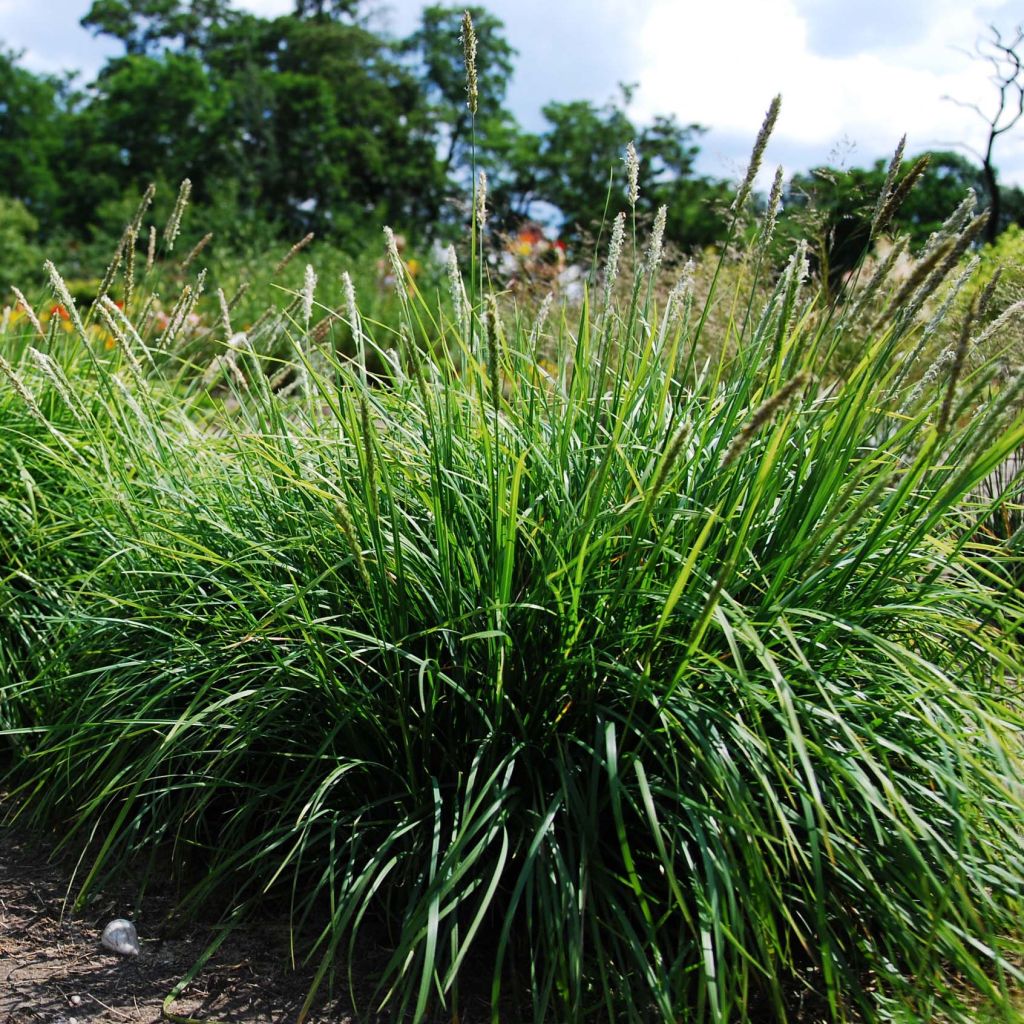

Sesleria autumnalis


Sesleria autumnalis


Sesleria autumnalis
Sesleria autumnalis
Sesleria autumnalis
Autumn Moor Grass
The young plants have arrived well packaged They seem to be in good shape I have watered them as instructed in the instructions
Henri Paul , 29/08/2019
Special offer!
Receive a €20 voucher for any order over €90 (excluding delivery costs, credit notes, and plastic-free options)!
1- Add your favorite plants to your cart.
2- Once you have reached €90, confirm your order (you can even choose the delivery date!).
3- As soon as your order is shipped, you will receive an email containing your voucher code, valid for 3 months (90 days).
Your voucher is unique and can only be used once, for any order with a minimum value of €20, excluding delivery costs.
Can be combined with other current offers, non-divisible and non-refundable.
Home or relay delivery (depending on size and destination)
Schedule delivery date,
and select date in basket
This plant carries a 12 months recovery warranty
More information
We guarantee the quality of our plants for a full growing cycle, and will replace at our expense any plant that fails to recover under normal climatic and planting conditions.
Would this plant suit my garden?
Set up your Plantfit profile →
Description
Sesleria autumnalis, sometimes called Autumn Sesleria, is a remarkable small grass that forms a very dense and bright small tuft, usually evergreen. Little used in our gardens, this perennial native to European mountains and heathlands is interesting for its narrow and very bright green foliage that takes on a golden hue over the months, and its thin white-silver feathery flower spikes in late summer. Attractive all year round, completely hardy and perfectly adapted to all climates, it tolerates poor, rocky soil. A useful grass in a small space or along a path to structure a natural area or a contemporary-style garden.
Sesleria autumnalis is a perennial grass of the poaceae family. It forms a dense tuft with slightly bristly linear foliage, 30 to 60 cm (12 to 24in) tall and wide, depending on the growing conditions and the richness of the soil. Its foliage is very bright green in spring and takes on a golden, almost lemon-yellow hue in summer if planted in full sun. It dries out before winter, but constantly renews itself. Narrow tubular flower spikes usually appear in August and turn white-silver when ripe. The plant's beauty reaches its peak in autumn, as its name suggests.
Autumn Sesleria is not a spectacular plant, but it offers rustic charm and blond spikes at the end of the season and maintains structure in the winter flower beds. It is highly adaptable and non-invasive, thriving north and south, in flatlands and mountains, by the sea or in rocky terrain. It looks beautiful alongside perennials like lavender, coreopsis, autumn asters, chrysanthemums, echinacea, small sunflowers, and many others. It forms a good ground cover, even in shade, where it can be planted with periwinkles, dead nettles, and epimediums. In a natural garden, it can be planted en masse, allowing the wind to create golden, undulating waves.
Report an error about the product description
Sesleria autumnalis in pictures


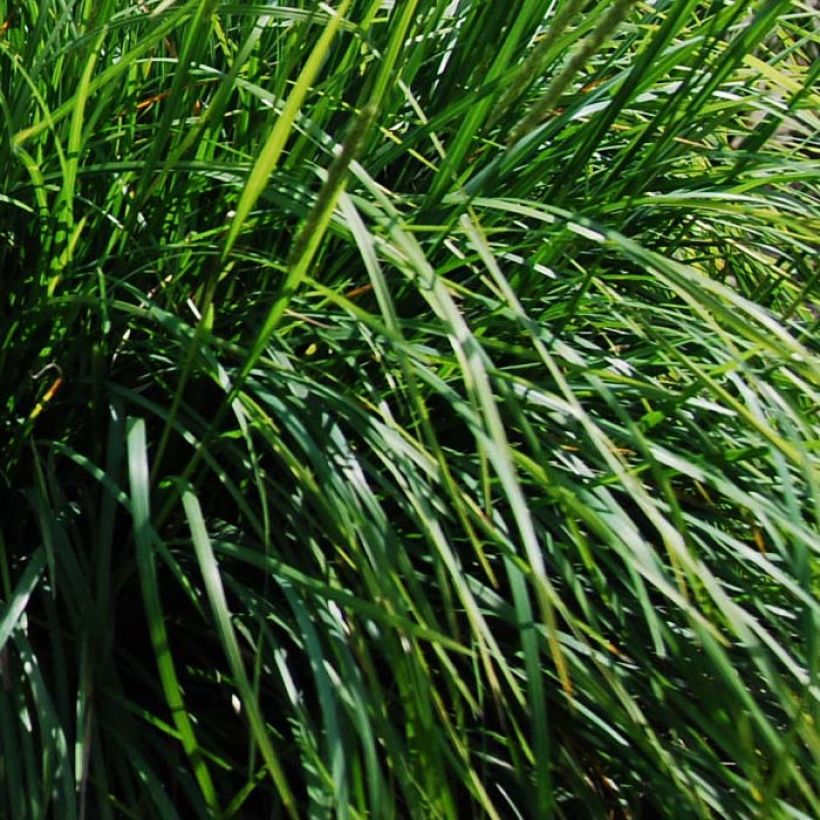

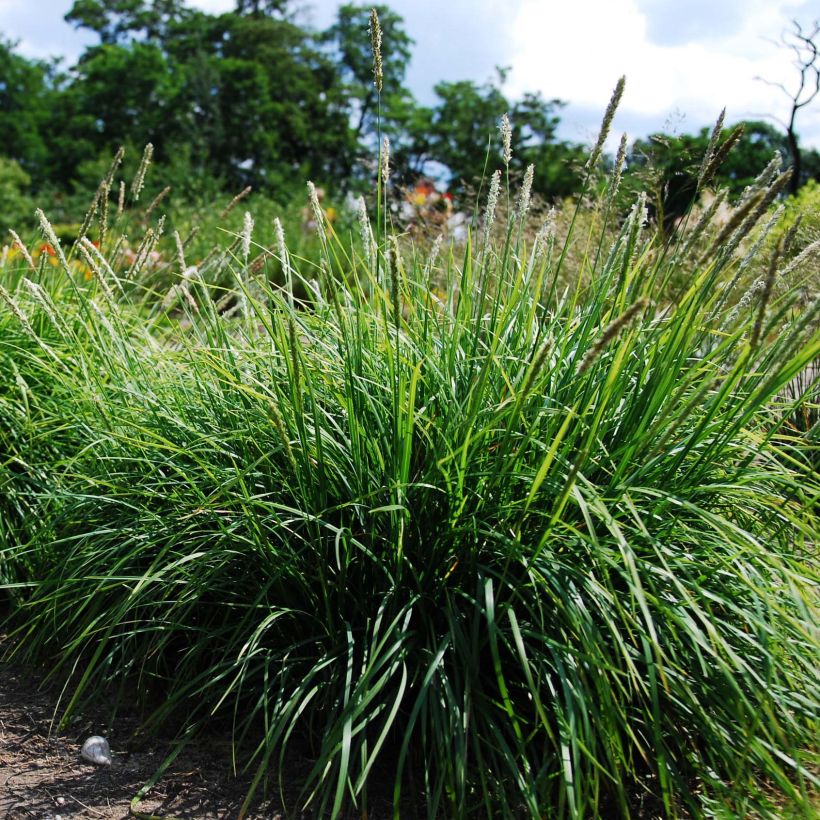

Flowering
Foliage
Plant habit
Botanical data
Sesleria
autumnalis
Poaceae
Autumn Moor Grass
Western Europe
Other Perennials A to Z
View all →Planting and care
Plant Sesleria autumnalis in dry to moist, neutral to limestone soil in full sun to partial shade. Apply fertiliser 2 to 3 times a year during the growing season to encourage the plant to grow bigger. It requires more water during growth in spring, as well as under a hot climate, in lowland areas. Sesleria autumnalis is not recommended for desert or arid gardens. This low-maintenance grass adapts to a wide variety of sandy, loamy, gravelly, clayey and limestone soils as long as they are well-drained.
Planting period
Intended location
Care
-
, onOrder confirmed
Reply from on Promesse de fleurs
Similar products
Haven't found what you were looking for?
Hardiness is the lowest winter temperature a plant can endure without suffering serious damage or even dying. However, hardiness is affected by location (a sheltered area, such as a patio), protection (winter cover) and soil type (hardiness is improved by well-drained soil).

Photo Sharing Terms & Conditions
In order to encourage gardeners to interact and share their experiences, Promesse de fleurs offers various media enabling content to be uploaded onto its Site - in particular via the ‘Photo sharing’ module.
The User agrees to refrain from:
- Posting any content that is illegal, prejudicial, insulting, racist, inciteful to hatred, revisionist, contrary to public decency, that infringes on privacy or on the privacy rights of third parties, in particular the publicity rights of persons and goods, intellectual property rights, or the right to privacy.
- Submitting content on behalf of a third party;
- Impersonate the identity of a third party and/or publish any personal information about a third party;
In general, the User undertakes to refrain from any unethical behaviour.
All Content (in particular text, comments, files, images, photos, videos, creative works, etc.), which may be subject to property or intellectual property rights, image or other private rights, shall remain the property of the User, subject to the limited rights granted by the terms of the licence granted by Promesse de fleurs as stated below. Users are at liberty to publish or not to publish such Content on the Site, notably via the ‘Photo Sharing’ facility, and accept that this Content shall be made public and freely accessible, notably on the Internet.
Users further acknowledge, undertake to have ,and guarantee that they hold all necessary rights and permissions to publish such material on the Site, in particular with regard to the legislation in force pertaining to any privacy, property, intellectual property, image, or contractual rights, or rights of any other nature. By publishing such Content on the Site, Users acknowledge accepting full liability as publishers of the Content within the meaning of the law, and grant Promesse de fleurs, free of charge, an inclusive, worldwide licence for the said Content for the entire duration of its publication, including all reproduction, representation, up/downloading, displaying, performing, transmission, and storage rights.
Users also grant permission for their name to be linked to the Content and accept that this link may not always be made available.
By engaging in posting material, Users consent to their Content becoming automatically accessible on the Internet, in particular on other sites and/or blogs and/or web pages of the Promesse de fleurs site, including in particular social pages and the Promesse de fleurs catalogue.
Users may secure the removal of entrusted content free of charge by issuing a simple request via our contact form.
The flowering period indicated on our website applies to countries and regions located in USDA zone 8 (France, the United Kingdom, Ireland, the Netherlands, etc.)
It will vary according to where you live:
- In zones 9 to 10 (Italy, Spain, Greece, etc.), flowering will occur about 2 to 4 weeks earlier.
- In zones 6 to 7 (Germany, Poland, Slovenia, and lower mountainous regions), flowering will be delayed by 2 to 3 weeks.
- In zone 5 (Central Europe, Scandinavia), blooming will be delayed by 3 to 5 weeks.
In temperate climates, pruning of spring-flowering shrubs (forsythia, spireas, etc.) should be done just after flowering.
Pruning of summer-flowering shrubs (Indian Lilac, Perovskia, etc.) can be done in winter or spring.
In cold regions as well as with frost-sensitive plants, avoid pruning too early when severe frosts may still occur.
The planting period indicated on our website applies to countries and regions located in USDA zone 8 (France, United Kingdom, Ireland, Netherlands).
It will vary according to where you live:
- In Mediterranean zones (Marseille, Madrid, Milan, etc.), autumn and winter are the best planting periods.
- In continental zones (Strasbourg, Munich, Vienna, etc.), delay planting by 2 to 3 weeks in spring and bring it forward by 2 to 4 weeks in autumn.
- In mountainous regions (the Alps, Pyrenees, Carpathians, etc.), it is best to plant in late spring (May-June) or late summer (August-September).
The harvesting period indicated on our website applies to countries and regions in USDA zone 8 (France, England, Ireland, the Netherlands).
In colder areas (Scandinavia, Poland, Austria...) fruit and vegetable harvests are likely to be delayed by 3-4 weeks.
In warmer areas (Italy, Spain, Greece, etc.), harvesting will probably take place earlier, depending on weather conditions.
The sowing periods indicated on our website apply to countries and regions within USDA Zone 8 (France, UK, Ireland, Netherlands).
In colder areas (Scandinavia, Poland, Austria...), delay any outdoor sowing by 3-4 weeks, or sow under glass.
In warmer climes (Italy, Spain, Greece, etc.), bring outdoor sowing forward by a few weeks.
















































